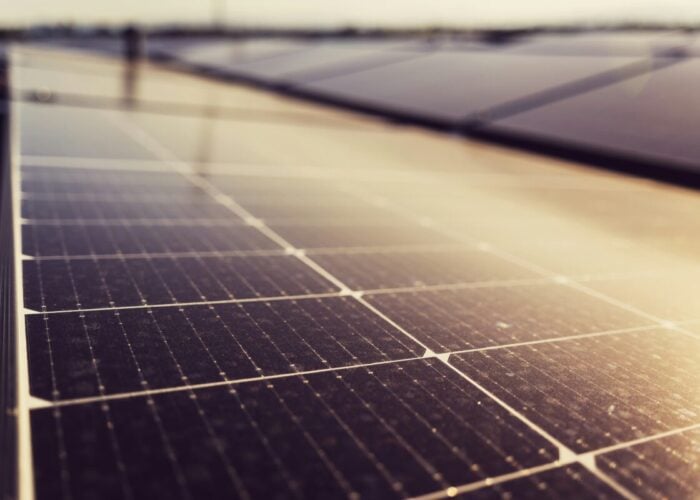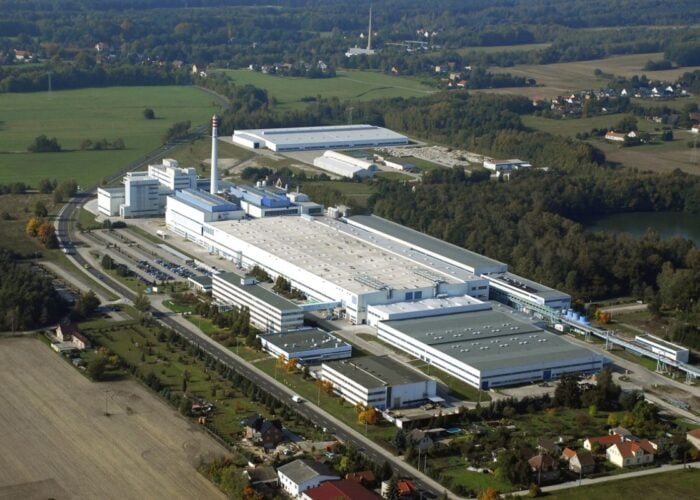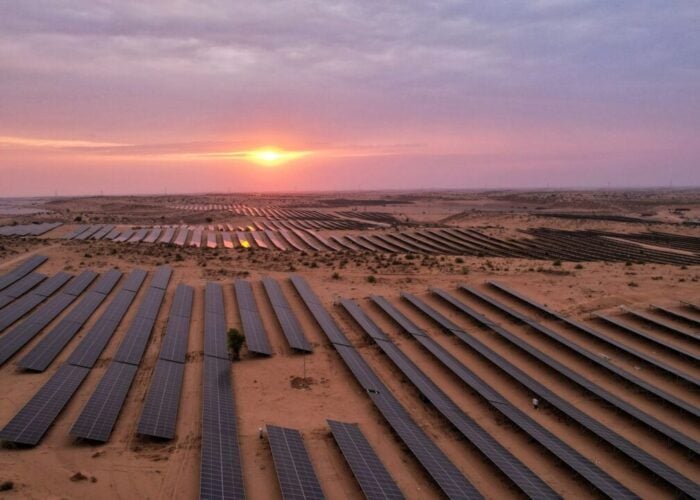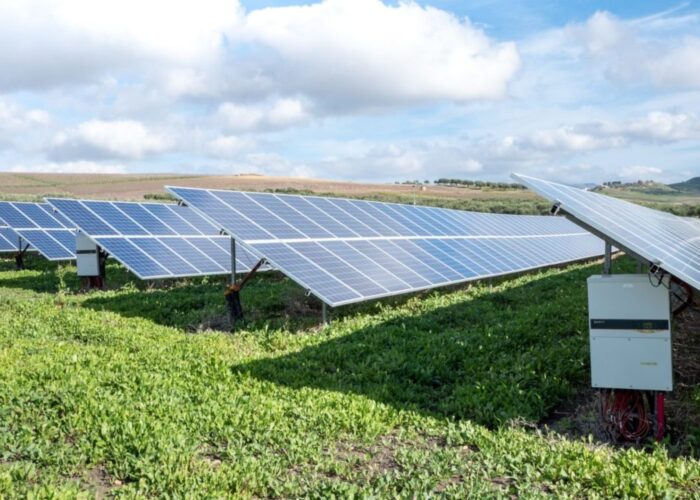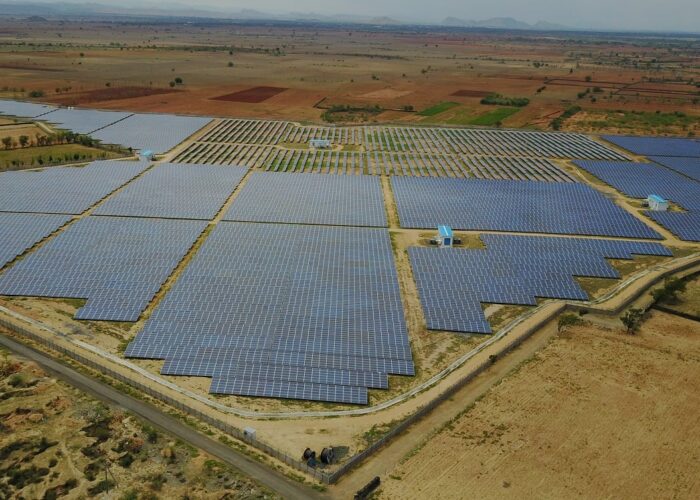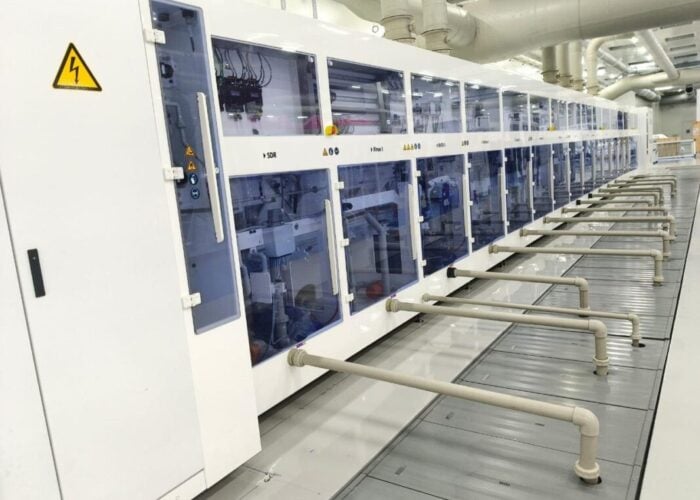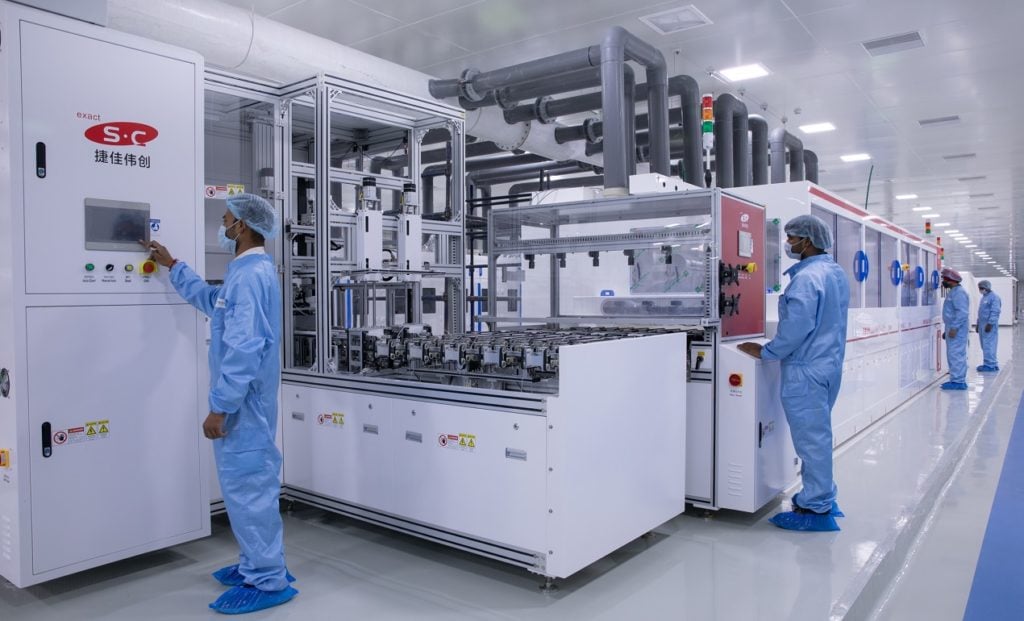
The Indian government’s “Approved List of Models and Manufacturers” (ALMM) has passed 18GW of capacity and 66 different entities registered, according to consultancy JMK Research & Analytics.
The ALMM list was introduced in 2019-2020 to benchmark domestic manufactured solar cells and modules and to boost the development of a domestic manufacturing industry.
Unlock unlimited access for 12 whole months of distinctive global analysis
Photovoltaics International is now included.
- Regular insight and analysis of the industry’s biggest developments
- In-depth interviews with the industry’s leading figures
- Unlimited digital access to the PV Tech Power journal catalogue
- Unlimited digital access to the Photovoltaics International journal catalogue
- Access to more than 1,000 technical papers
- Discounts on Solar Media’s portfolio of events, in-person and virtual
Since the first update in March 2021, the capacity has more than doubled from the initial 8.2GW to 18GW in August 2022, while enlisted manufacturers nearly trebled from 23 to 66.
Since April 2022, all government utility-scale solar projects were mandated to use only ALMM enlisted modules, which coincided with the implementation of the basic customs duty (BCD) on imported cells and modules.
During that lapse of time from April to August, 4GW of capacity was added in the ALMM, showing a fast-growing trend of modules and suppliers available, as shown in the chart below.
One of the concerns from developers for the list was the scarcity of production capacity for high-wattage modules (400Wp or more) that are favoured in commercial and industrial (C&I) projects.
In the first update in March 2021 only four manufacturers were included in the list, against 11 in the last update and with up to 6-7GW of enlisted capacity, according to JMK Research.
The limitation of approved manufacturers was one of the causes for projects’ tariffs edging upwards back in May 2022, along with the BCD implementation, among other causes.
Currently, this capacity in the ALMM will still not be enough to cater for the entire Indian market, which is expected to deploy 20GW of solar PV in 2022, with roughly 16.5GW of large-scale solar and 3.5GW of rooftop.
Despite that, the implementation of the Production Linked Incentive (PLI) scheme, which expects to add up to 40GW of additional cell and module manufacturing capacity in the country, could benefit the fast-paced growth of available capacity in the ALMM.
The list reduces even further for ultra-high wattage modules of 500Wp or more, as only seven manufacturers are currently in the government’s list and with a minimum capacity of 3.2GW.
Only five companies – Waaree, Adani Solar, RenewSys India, Premier Energies and Vikram Solar – can supply bifacial modules.

